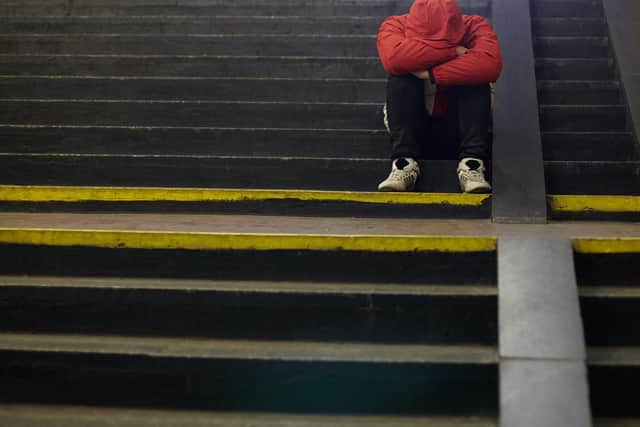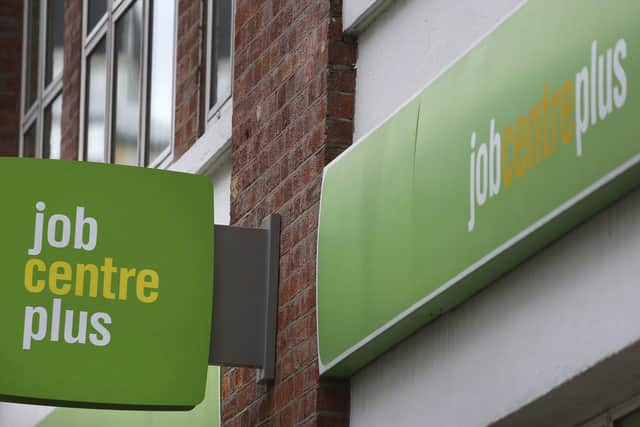More than 1,200 people in paid work were still without a proper home in Yorkshire last summer


Data from the Ministry of Housing, Communities and Local Government issued this month shows 1,291 households in the region were without a permanent place to live over the summer months last year, despite being in full or part-time work.
The term 'homeless' can also refer to people in temporary or sheltered accommodation, and does not just refer to those sleeping rough.
Advertisement
Hide AdAdvertisement
Hide AdSome 6,833 households in Yorkshire & the Humber which were entitled to help from their local authorities between July and September were either assessed as homeless or at the risk of becoming so.


Of these, 757 households had at least one person in full-time employment and 534 included someone in part-time work, meaning 19 per cent of those who were homeless or at risk of homelessness were in paid work.
There were also 108 households where the main applicant was a student or in training, and 263 where they were seeking work.
Yorkshire's big cities had the highest levels of homelessness, with Leeds, Hull, Bradford and Sheffield seeing the biggest numbers of homeless households where at least one member was in full or part-time employment.
Advertisement
Hide AdAdvertisement
Hide AdHomeless charity Crisis said it was "unacceptable" that there were thousands of people in paid work but without a home across England during the coronavirus pandemic, and called for long-term investment in social housing.


Crisis said the situation could have been even worse without the uplift in Universal Credit and the furlough scheme, but that people will continue to struggle when restrictions are eased.
Jon Sparkes, chief executive of Crisis, said: “It’s unacceptable that thousands of people in England cannot afford a place to live, despite being in work.
“We are calling on the Westminster Government to provide emergency grants and loans to renters who have been forced into arrears by the pandemic and extend the benefit cap grace period until the end of the pandemic.
Advertisement
Hide AdAdvertisement
Hide Ad"But we must not lose sight of the fact that homelessness amongst workers has existed long before Covid-19 and to end it once and for all, we need long-term investment in affordable housing.”


Of the 6,833 households needing help from homelessness last summer, 3,496 (51 per cent) had at least one member registered as unemployed, not seeking work, or at home.
A further 1,106 (16 per cent) could not work due to illness or disability and 157 (two per cent) were retired.
Housing charity Shelter said less than half of households found to be homeless nationwide were not helped to find a home – showing the impact of a lack of suitable social housing.
Advertisement
Hide AdAdvertisement
Hide AdThe three most common triggers of homelessness in England between July and September were households no longer being able to stay with families and friends (33 per cent), the loss of a private tenancy (14 per cent) and domestic abuse (11 per cent).


Polly Neate, chief executive of Shelter, said thousands of people are struggling to survive the "never-ending nightmare" of the pandemic, as a result of decades of "political neglect".
A spokeswoman for the Government said it had provided "unprecedented support" for renters during the pandemic through the evictions ban and welfare support.
She added that over £700m was being provided to tackle homelessness and rough sleeping this year, and over £12bn in affordable housing over five years.
Advertisement
Hide AdAdvertisement
Hide AdSupport The Yorkshire Post and become a subscriber today. Your subscription will help us to continue to bring quality news to the people of Yorkshire. In return, you'll see fewer ads on site, get free access to our app and receive exclusive members-only offers. Click here to subscribe.